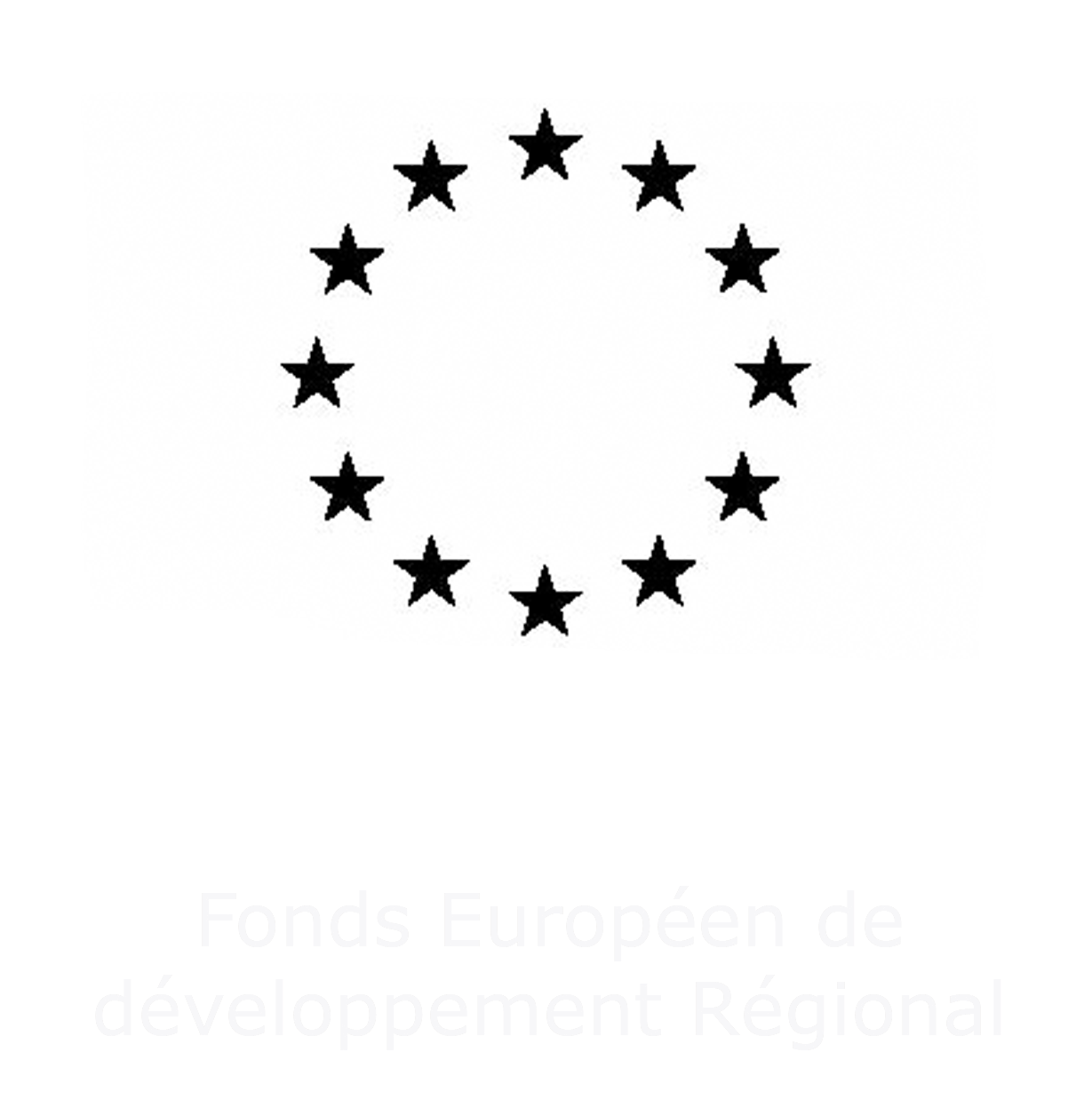Master’s 2 – Electronics, Optics, Telecommunications (IXEO)
Training
Initial course and ongoing training throughout life
Level
five years of post-secondary education
Method
Classroom-based
Duration
2 semesters
Course venue
Faculté des Sciences et Techniques
123, Avenue Albert Thomas
87060 LIMOGES CEDEX
Contact details
Course co-supervisor
Bruno BARELAUD
(0033) 555 457 242
bruno.barelaud@unilim.fr
Course supervisor
Serge VERDEYME
serge.verdeyme@unilim.fr
Objectives
The iXeo Master’s is an iXeo high-tech engineering degree. The aim of the teaching team invested in international research is to train experts in the telecommunications, space and health instrumentation sectors. The iXeo Master’s will meet the expectations of students wishing to develop a highly sought professional expertise in the industrial high-tech sector or to integrate the doctorate with research and higher education.
The iXeo Master’s is a degree recognised for many years in the high-tech field for electronic and optical high frequency communications. This Master’s (www.ixeo.unilim.fr) is supported by the XLIM laboratory (www.xlim.fr ) which brings together a team of 450 people. XLIM represents the scientific heart of the competitive cluster Elopsys (www.elopsys.fr). Students thus benefit from courses given in a privileged environment (privileged access to technological resources, to characterisation means, and software resources related to the XLIM laboratory).
Skills
The graduate of the iXeo Master’s is a specialist tasked with studies and design in the technological sector of high-frequency and optical communications (spatial, telecommunications, health, military): electronic and optical circuits and systems (spatial, civil telecommunications, military, medical …), high-frequency electronics (passive and active circuits and systems, component technologies …), guided and integrated optics/spatial optics (fibre communications, lasers , optoelectronics …), electromagnetism (antennae, EMC, filtering …), new technologies of high-frequency electronics and optics for designing future communications systems (MMIC, MEMS, nanoelectronics, latest generation fibres, lasers …), modern CAD software for communications circuits and systems.
At the end of the course, each student has a descriptive appendix entitled “Supplement to Degree” which provides a precise description of the university curriculum followed and the skills acquired during the period of study as well as a fair evaluation of progress made and skills acquired.
Number of ECTS credits: 120
Registration fee
Approximately 480 euros (including social security).
Campus France
The University of Limoges belongs to the agency Campus France and the facility CEF (Centre pour les Études en France). International students who live abroad (outside the EU, excluding BGE/BGF [holders of scholarships awarded by the French government and foreign countries, respectively]), wishing to pursue their studies in Limoges, must file their applications with the agency Campus France. A Centre pour les Études en France exists in the following countries: Algeria, Argentina, Benin, Brazil, Burkina Faso, Cameroon, Chile, China, Colombia, Comores, Gabon, Guinea, India, Indonesia, Ivory Coast, Japan, Lebanon, Madagascar, Mali, Mauritius, Mexico, Morocco, Peru, Republic of Congo, Russia, Senegal, South Korea, Syria (suspended), Taiwan, Tunisia, United States, Vietnam. The procedure is dematerialised: for more information, please click on the link below.
Organisation of the curriculum
Courses, tutorials, practical work and mandatory placement in a company lasting a minimum of 4 months for the professional course, or in a laboratory or company for the research course. This placement is assessed by a report and an internship thesis before a panel of tutors and members of the teaching team. At the level of the laboratory research work, a written report and a bibliographical defence in English at the end of the first 2 months of the year.
——————————————————————————————————————————-
Semester 3 Mandatory list
Electromagnetism
Microwave passive circuits
Microwave active circuits
Guided and integrated optics – spatial optics
Physical theory – optics/microwave analogy
Semester 4 Mandatory list (Professional course)
English – Knowledge of the Company
CAD for Engineering
Professional Specialisation in Electronics and Optics
Professional work placement
Semester 4 Mandatory list (Research and Innovation Course)
Specialisation in Research and Bibliography
Work placement or research thesis
English – Knowledge of the Company
CAD for Engineering
——————————————————————————————————————————-
Further studies
The natural follow-up study to the iXeo Master’s is preparation for a doctorate. Thus, the majority of XLIM laboratory doctoral students have completed the iXeo Master’s (the XLIM laboratory recruits around forty students each year in the field of iXeo Master’s specialities. Students in the iXeo Master’s benefit in this sense from a privileged situation for the pursuit of doctoral studies, because 4 of the 6 XLIM departments rely on the iXeo speciality for the recruitment of their doctoral candidates.
Professional integration
Careers : Lecturer – Research engineer – Software engineer – CNRS researcher – Telecom R&D engineer – Engineer for the design of components and RF integrated systems and optics – Antennae design engineer – Engineer for the advanced modelling of component-systems – Microwave and optical R&D engineer – Microelectronics/CAD engineer – Engineer for measuring microwaves and photonics (reference: jobs held by students completing our training)
Industries : major companies and centres of research: Aerospace, Alcatel, Astrium, CNES, CNRS, EADS, Ericsson, European Space Agency ESA, Matra MBDA, Motorola, Freescale, Philips NXP, ST Microelectronics, Thalès, Thomson, UMS…
- Research and Development (Industrial or public sectors),
- Electronics and optics of systems (Spatial, Telecommunications, Health, Military),
- CAD for electronic and optical systems,
The fields of application of microwave electronic and optical systems are numerous:
- Transport: Automobile (anticollision radar,driving aid), Aeronautic, Railways…
- Military: Night vision, radar surveillance, missiles (guidance and communication) …
- Optics, optronics…
- Telecommunication and networks: Mobile telephony, wireless…
- Health: Medical equipment


